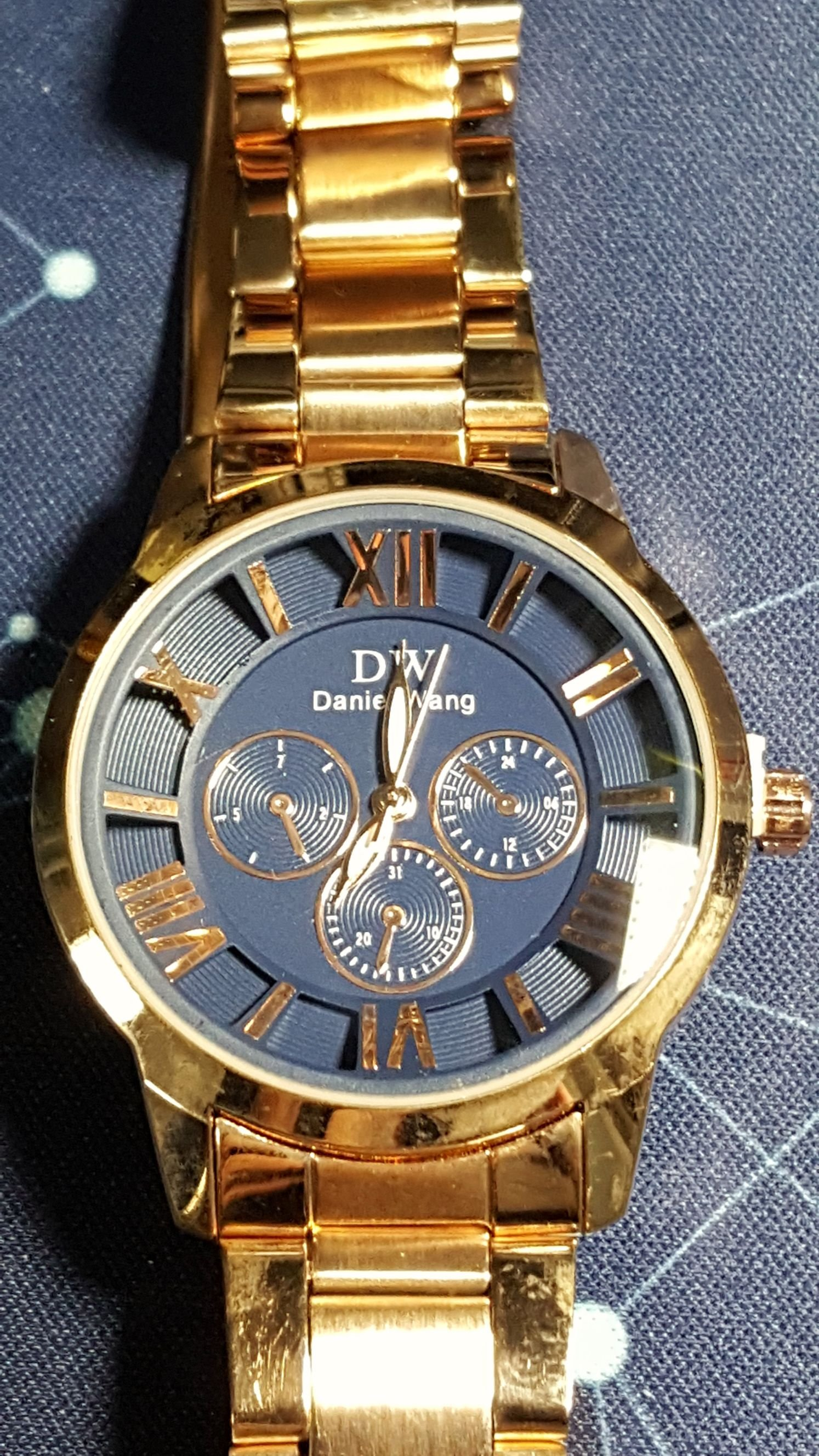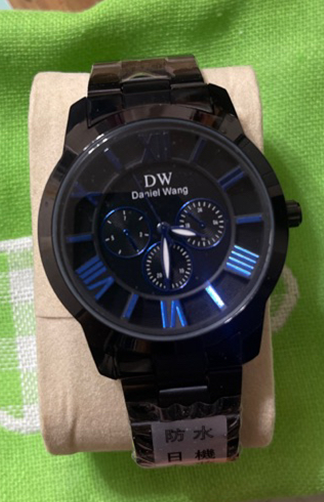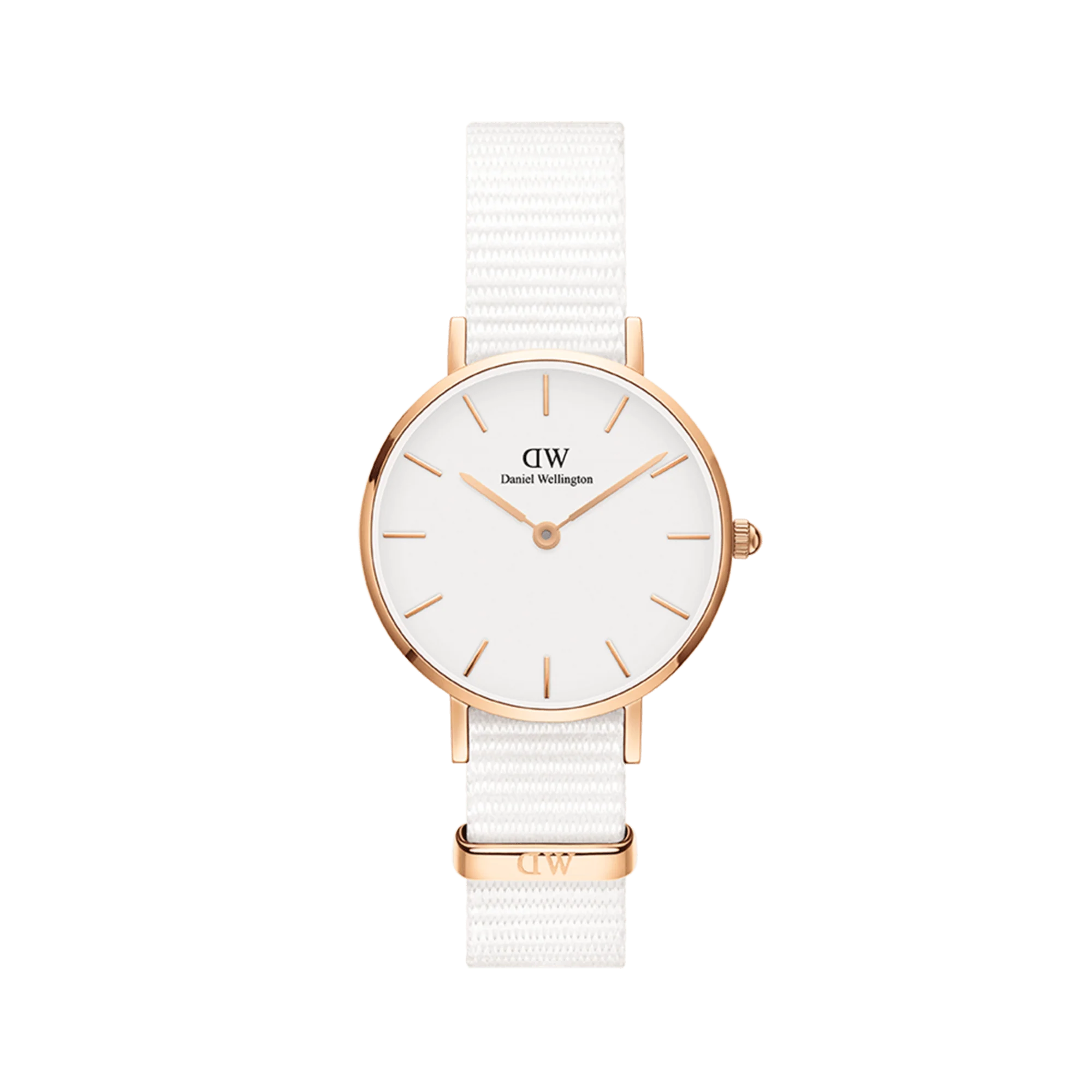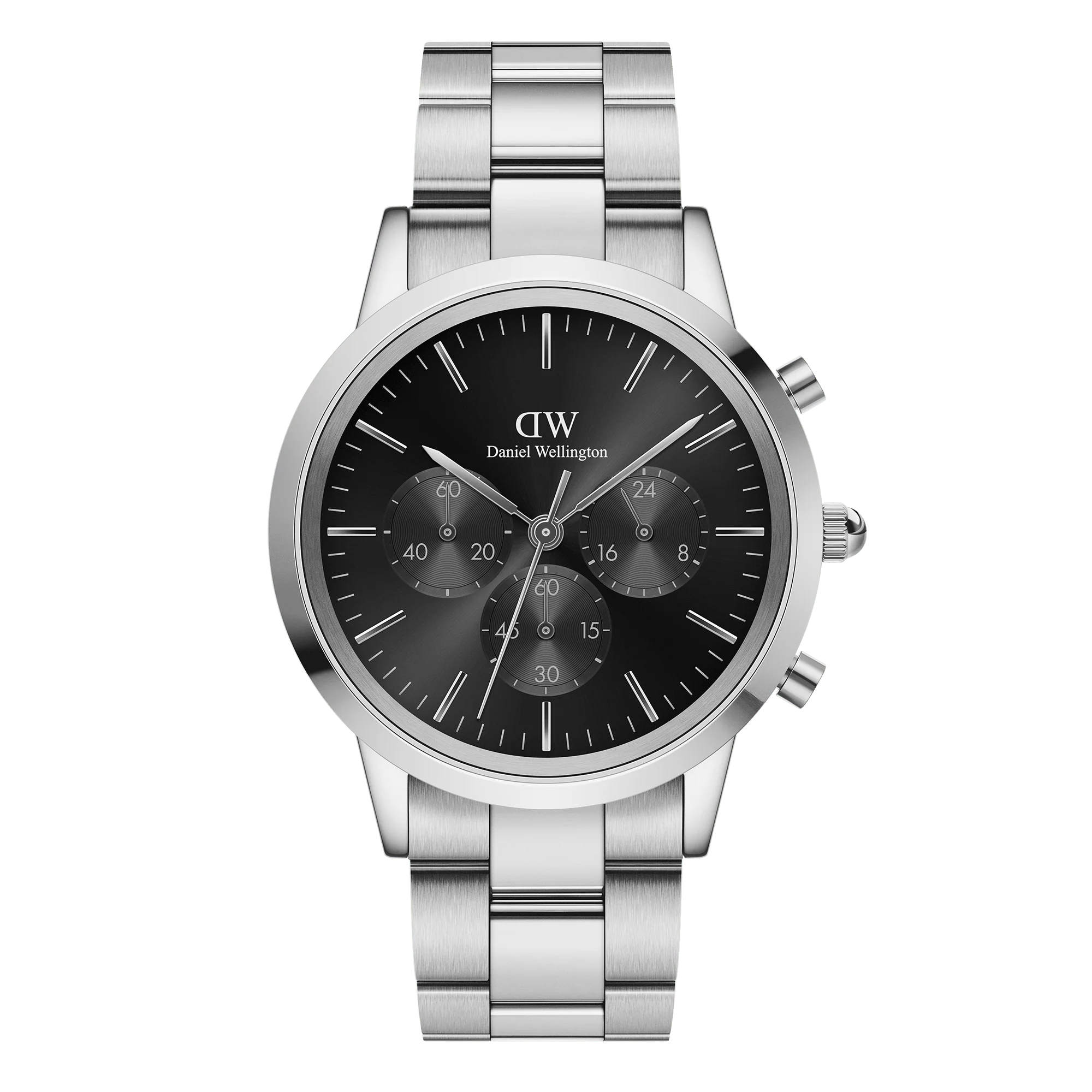Daniel Wellington Fights Against Squatters: How Renowned Brands Protect its Trademark Before Registration
Date:13 October 2023
【Volume 122】
Due to the convenience of widespread information access nowadays, counterfeiters who covet long-established brands often exploit local Intellectual Property Regulations with which they are familiar, thereby squatting on trademarks before the legitimate trademark holders. Even large multinational brands may struggle to completely eliminate these trademark squatters. In Taiwan, trademark holders can use opposition or invalidation proceedings against the trademark registration of squatters in an attempt to cancel them. The key to successfully persuade the Taiwan Intellectual Property Office (IPO) or the court that the trademark holder is the true owner is building a comprehensive record of trademark usage and ensuring that all crucial trial factors can be distinctly presented in this record.
In this article, we will break down how an international brand persuaded the Taiwanese court to defeat ill-intentioned squatters. In the Taiwan Intellectual Property and Commercial Court 2022 XingShangSuZi No. 43 Administrative Judgment, the legitimate trademark holder Daniel Wellington successfully convinced the court that the disputed trademark had been squatted at the first place by submitting comprehensive and abundant evidence with a clear cause-and-effect relationship.
Case Facts
The Swedish wristwatch brand, Daniel Wellington, gained worldwide recognition for its "DW watch". Daniel Wellington AB (referred to as “DW company” hereafter) actively used its trademarks in Taiwan since 2014 through regular advertisements in newspapers and magazines. In the same year, DW company’s trademark “DANIEL WELLINGTON” was approved. (Registration No.: 01661572, hereinafter referred to as “conflicting mark 1”)
In July 2019, a Taiwanese natural person Wang Shi-Chang (referred to as “plaintiff” hereafter) filed an application for, essentially, squatting the trademark “DW” (referred to as “conflicted mark” hereafter), with designating goods such as “watches, wristwatches” in Class 14. The trademark was granted registration in December 2019. Upon noticing the application of conflicted mark, DW company immediately filed applications for the trademarks “ ” and “DW” in October 2019. They also filed an opposition against the conflicted mark in March of the following year. In November 2021, the IPO ruled that the conflicted mark would be revoked.
” and “DW” in October 2019. They also filed an opposition against the conflicted mark in March of the following year. In November 2021, the IPO ruled that the conflicted mark would be revoked.
Dissatisfied with the outcome, the plaintiff filed an administrative lawsuit with the Taiwan Intellectual Property and Commercial Court (referred to as “IP court” hereafter) after an unsuccessful administrative appeal with the Petitions and Appeals Committee (M.O.E.A.). However, the IP court upheld the decision of the IPO in the 2022 XingShangSuZi No. 43 Administrative Judgement on February, 2023. The plaintiff thus continued its appeal to the Supreme Administrative Court, who also upheld the original judgement by rejecting the appeal1 in July 2023.
| Specimen | Designated Goods/Service | |
|---|---|---|
| Conflicted Mark |
(Registration No.: 02029048) |
Class 14 Watches; pocket watch; bracelet watch; watch straps; watch face; watches, electric; wristwatches…etc. |
| Conflicting Mark 1 |
(Registration No.: 01661572) |
Class 9 Sunglasses; glasses pouch…etc. Class 14 Watch straps; watch and clock instruments; watch and clock hands; watches; watch bands; watch bands of leather; dials [clock and watch making] …etc. Class 35 Retailing of jewelries; retailing of watches, clocks, and chronometric instruments; import-export agency…etc. |
| Conflicting Mark 2 |  |
N/A |
| Conflicting Mark 3 |  |
N/A |
| Actual Use of the Conflicted Mark | Actual Use of the Conflicting Mark |
|---|---|
|
|
Opinions of the Intellectual Property and Commercial Court (The First Instance)
- The conflicting trademark was used both in Taiwan and abroad beforehand.
(1) DW company had already registered the conflicting marks in the US before the Taiwan application date of the conflicted mark, July 24, 2019. Additionally, they acquired registration in Taiwan on August 16, 2014.
(2) According to the proof of use filed by DW company, which includes,
a) news of the brand of the conflicting mark entering the Taiwan market and the opening of the flagship store, as covered by Marie Claire from 2014 to 2016, and
b) the brand promotion event published on ELLE’s website in 2017,
it is evident that DW company has used the conflicting trademark in related business documents and advertisements. Namely, the conflicting mark was used on watch products prior to the application date.
- The conflicting marks and the conflicted mark highly resembled each other, and both designated for the same or similar goods.
(1) The plaintiff claimed that the main part of the conflicting marks 2 and 3 was an inverted letter D (“
 ”), which does not resemble to “DW”; however, according to the aforementioned proof of use, the conflicting marks were referred to as “DW” in promotional articles and reports. It is clear that relevant consumers pronounce conflicting marks 2 and 3 as Englich letters “DW”; thus, the appearance and concept of the conflicting mark and the conflicted mark are similar.
”), which does not resemble to “DW”; however, according to the aforementioned proof of use, the conflicting marks were referred to as “DW” in promotional articles and reports. It is clear that relevant consumers pronounce conflicting marks 2 and 3 as Englich letters “DW”; thus, the appearance and concept of the conflicting mark and the conflicted mark are similar.(2) The conflicted mark happens to be the abbreviation of the conflicting mark “Daniel Wellington”. Although they do not resemble each other in appearance, they share similarities in terms of concept and pronunciation. Consequently, the conflicting mark and the conflicted mark are similar.
(3) The designated goods in Class 14, such as “watches, pocket watch, bracelet watch, watch straps, watch face, electric watches, wristwatches”, of the conflicted mark are the same or highly similar to the designated goods of the conflicting mark. Therefore, the conflicting marks and the conflicted mark are similar.
- The plaintiff was well-informed about the existence of the conflicting marks, and filed the conflicted mark with an intent to imitate.
(1) According to the proof of use submitted by DW company, which included a list of sales points and sales figures from 2015 to 2019, it is noticeable that DW company owns sales outlets throughout the entire country, with a considerably large scale and quantity of sales.
(2) On one hand, as shown in the “clocks and watches distributor” documents submitted by DW company, the plaintiff has been an OEM (Original Equipment Manufacturer) of clocks and watches since the 1990s. Evidently, the plaintiff should have been more familiar with and paid greater attention to the conflicting marks than others, which was officially introduced into the Taiwan market. The plaintiff should have also had easy access to information related to the existence of the conflicting marks through industry relationships.
(3) Furthermore, apart from the conflicted mark, the plaintiff had also filed for the marks “Daniel Wang” and “DW Daniel Wang”. The filing sequence and timing of the aforementioned three applications perfectly matched up with DW company’s similar marks filed in the US, following each step. Hence, it is difficult to argue that the plaintiff was unaware of the existence of the conflicting marks.
The sequence of filing by the plaintiff The sequence of filing by DW company 1 
(Appl. Date in Taiwan: 2015/12/22)

(Reg. Date in the US: 2013/8/20)
2 
(Appl. Date in Taiwan: 2019/7/24)

(Reg. Date in the US: 2018/8/7)
3 
(Appl. Date in Taiwan: 2017/3/16)

(Reg. Date in the US: 2016/5/3)
(4) Additionally, according to the product cross-reference table submitted by DW company, the plaintiff had once sold products with “
 ” and “Dream Wellington” wordmarks, which are similar or identical to the conflicting marks. The packaging, labeling, and accessories bore a strong resemblance to the design used by DW company. The plaintiff chose not to use its own marks (the conflicted marks) but instead opt for “DW Dream Wellington”, which is similar to conflicting mark 3, especially on watch products. Judging from the facts mentioned above, it is self-evident that the plaintiff was aware of the existence of the conflicting marks, and intended to imitate.
” and “Dream Wellington” wordmarks, which are similar or identical to the conflicting marks. The packaging, labeling, and accessories bore a strong resemblance to the design used by DW company. The plaintiff chose not to use its own marks (the conflicted marks) but instead opt for “DW Dream Wellington”, which is similar to conflicting mark 3, especially on watch products. Judging from the facts mentioned above, it is self-evident that the plaintiff was aware of the existence of the conflicting marks, and intended to imitate.
In summary, the IP court has determined that the plaintiff was aware of the existence of the conflicting marks that were designated for the same or similar goods, and the plaintiff filed the application for the conflicted mark with an intent to imitate. No misjudgment was made by the IPO. Therefore, the judgment was in favor of the defendant, and the plaintiff had lost the case.
In the next part, we will introduce the Supreme Administrative Court’s opinions during the second instance, detailing the defeat of the squatter. Also, our comments and strategies for anti-squatting will follow.
[1] Taiwan Supreme Administrative Court 2023 ShangZi No. 222 Judgement












